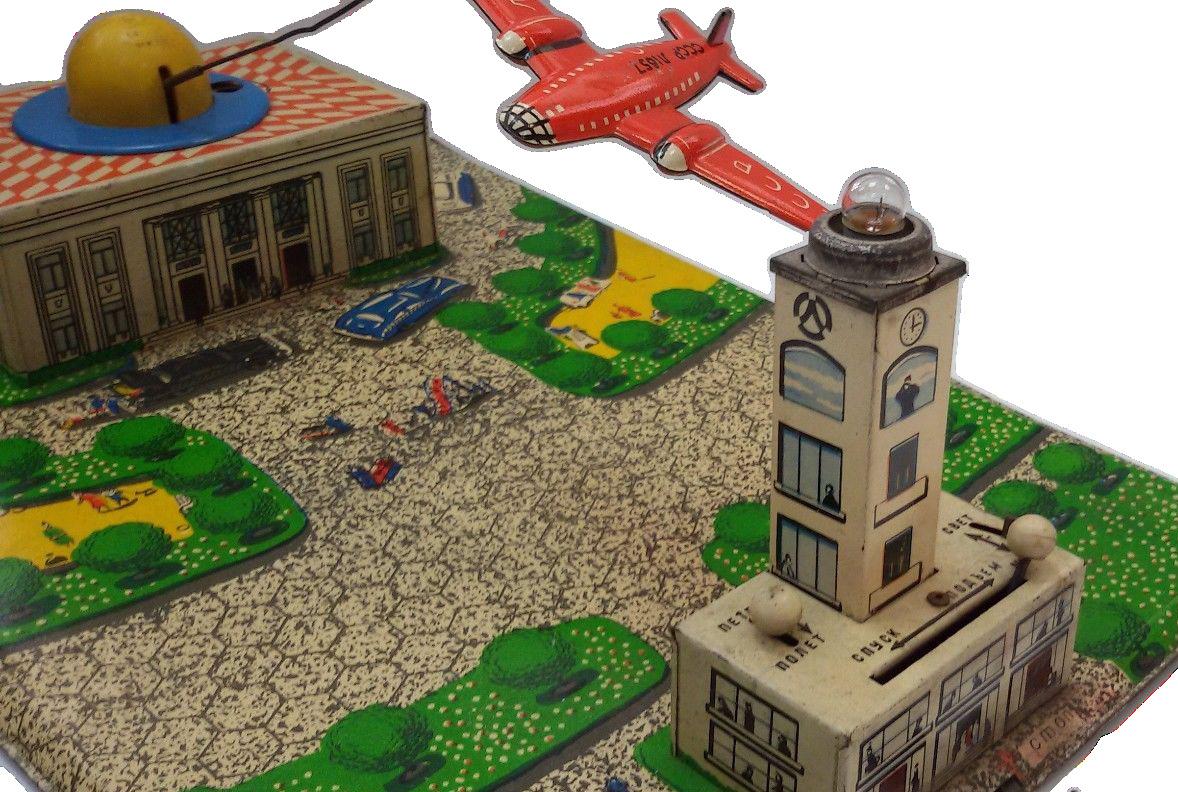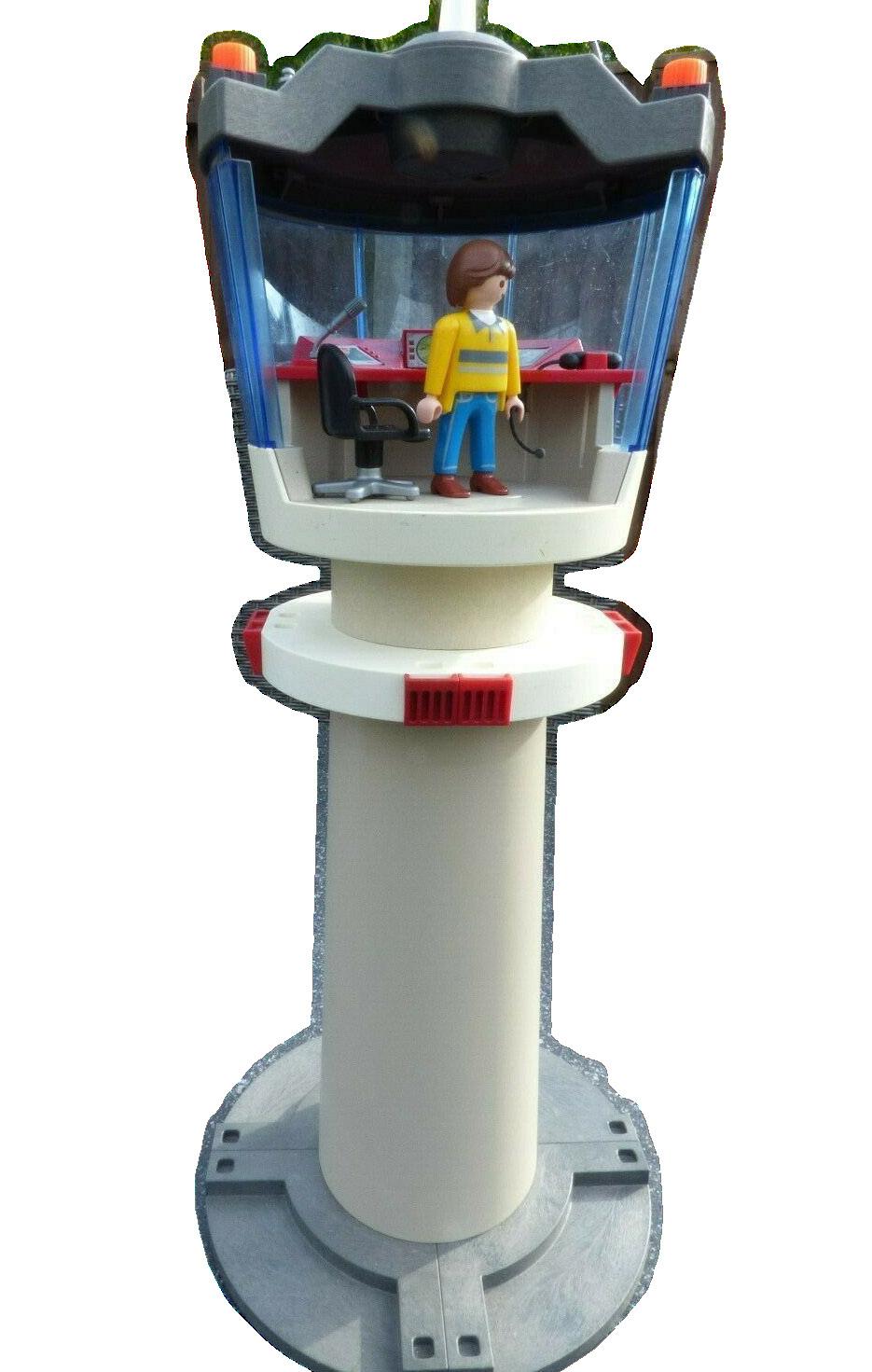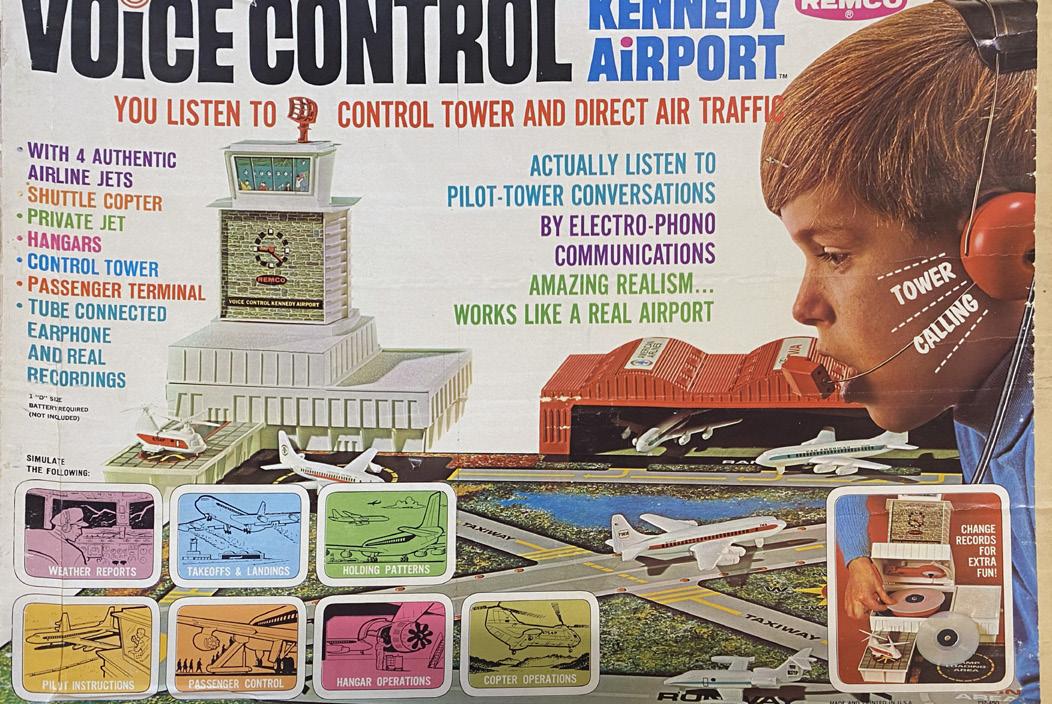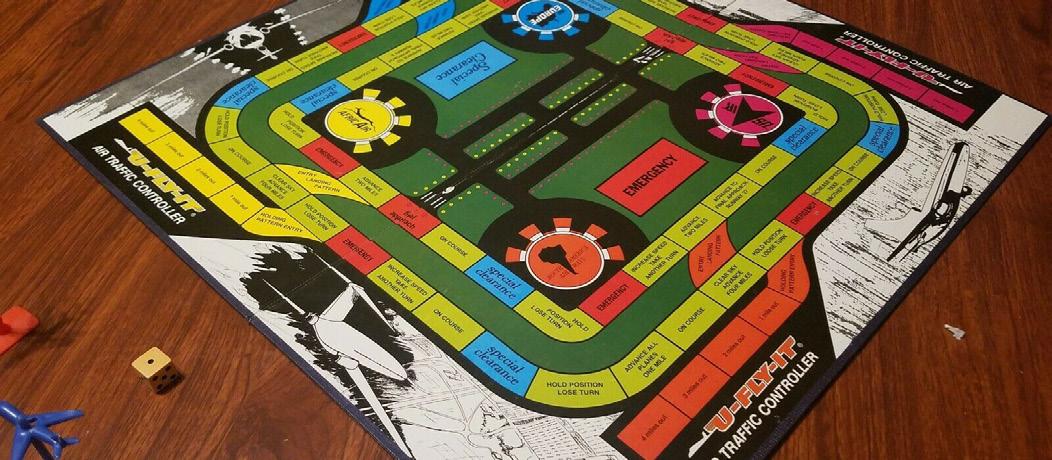
5 minute read
Opinion..............................ATC Games and Toys
ATC TOYS & GAMES
zby Philip Marien, IFATCA Communications Coordinator Despite the fact that air traffic control remains quite obscure for the general public, several companies have brought out ATCthemed games and toys over the years. In this article, we’ll look at some of these. Tin Wind-Up Toys West German company Schopper produced a wind-up toy in the late 1960s and early 1970s featuring an airport tower. The wind-up mechanism rotated three propeller aircraft around the tower. Far more impressive was a Soviet made airport that featured hangars and a terminal/tower building. Again, using a wind-up mechanism, a single aircraft would fly circles around
Advertisement

the airport – not around the tower like its loopy German counterpart. The airplane could be made to go up and down (take-off and land), but it could also do some loops in the circuit. The tower itself featured a flashing light on top, making for an impressive (and no doubt quite exclusive) toy in the U.S.S.R.


LEGO & Playmobil Both LEGO and Playmobil have had control towers incorporated in various airport-themed sets. These sets have varying degrees of detail and design, but generally only Playmobil has had a dedicated tower controller ‘action figure’ including a headset. As far as I’ve been able to determine, LEGO has no specific mini figure with a headset that could pass for a controller, even some

LEGO sets included a marshaller that was labeled as an air traffic controller. Interesting perhaps for those that will attend the Singapore IFATCA Conference: Singapore’s Terminal 3 has a LEGO shop, and last year, they offered an exclusive model of the airport’s tower with purchases of regular sets. It’s not clear whether the offer still stands, but it is certainly worth a look if you’re into LEGO and ATC!
“Voice Controlled” By far the coolest game we’ve been able to find was produced by a USA company called REMCO. In 1968, they brought out an airport set called “Voice Control Kennedy Airport”. It consisted of a cardboard play area with runways and taxiways, a number of plastic aircraft, hangars and a tower. The unique feature of this set was that the tower contained a small record player. By open

z Photos: (left/top) Playmobil’s version of an airport ATC tower (left/bottom) REMCO’s Kennedy Airport, featuring real voice communications using a record player hidden in the tower (right) Exclusive LEGO version of Singapore’s Changi airport tower
ing the tower, a small disc could be inserted. Switching on the battery-powered record player would play ATC instructions on the disc via a mock-headset. Two discs were included with 16 instructions that were quite realistic.
Board Games In 1974, USA company Schaper (then a subsidiary of KUSAN, which was later bought by Mattel) brought out a board game called “U-FLY IT AIR TRAFFIC CONTROLLER.” In this turn-based game, each player has to land four aircraft. There are two circular paths around the airstrip: the holding pattern and the land



ing pattern. Players take turns rolling a die to move their planes on the board. The planes must first enter the holding pattern, then the landing pattern, before they can land. Players slide the planes down on their stands as they do so, representing different altitudes in the approach. Each space on the board contains instructions that must be followed. Emergency and special clearance cards are drawn when planes land on their space, and their beneficial and detrimental effects must be executed. Planes can only enter the landing pattern through the effects of certain special clearance cards. To land on the airstrip, planes must land exactly on the final approach spaces on the landing pattern. Players then need to roll on their next turn to determine if their planes can taxi to and park at their designated gates. The first player to park all his or her planes is the winner.
In 1975, the U.K. company Airfix – better known for its extensive range of plastic model kits – brought out a board game as well. Interestingly, the artwork of the box is identical to the USA game that had been released a year earlier, but the game itself is somewhat different. Rather than one airport, this version has two airports and an oceanic part. The playing area is massive, over one meter long. One player plays as a controller, the others play as pilots. By throwing different dice, pilots can state requests, and controllers formulate a reply/clearance. The aim of the game is to get a set of two aircraft to the other side of the ocean. In doing so, it also encourages the player to use correct phraseology. The instruction leaflet gives some general background information on ATC and modern (in 1975) air travel.
Electronic Age The last one that we’ll mention in this article is Bandai’s 1981 game Air Traffic Control. It’s an early electronic tabletop game, in which you try and land and take-off aircraft without crashing them. There are four sectors from which inbound aircraft come and towards which outbound traffic exits. Slightly odd is that you, as the “air traffic controller,” need to watch the speeds of the aircraft. If they go too fast or too slow, the aircraft can crash on approach or on take-off. While this is slightly unrealistic, the game does feature go-arounds (called “fly-by’s”) and ground proximity warnings. It also has a rather “Just Culture” high tolerance. It takes no fewer than nine crashes(!) to get dismissed for incompetence (also known as game over).
There are more examples. If you have any information about them, we’d love to hear about it. From the late 1970s and the introduction of home computers, air traffic control games became computerized. We can cover the these developments in a follow-up article. y

philip.marien@ifatca.org










